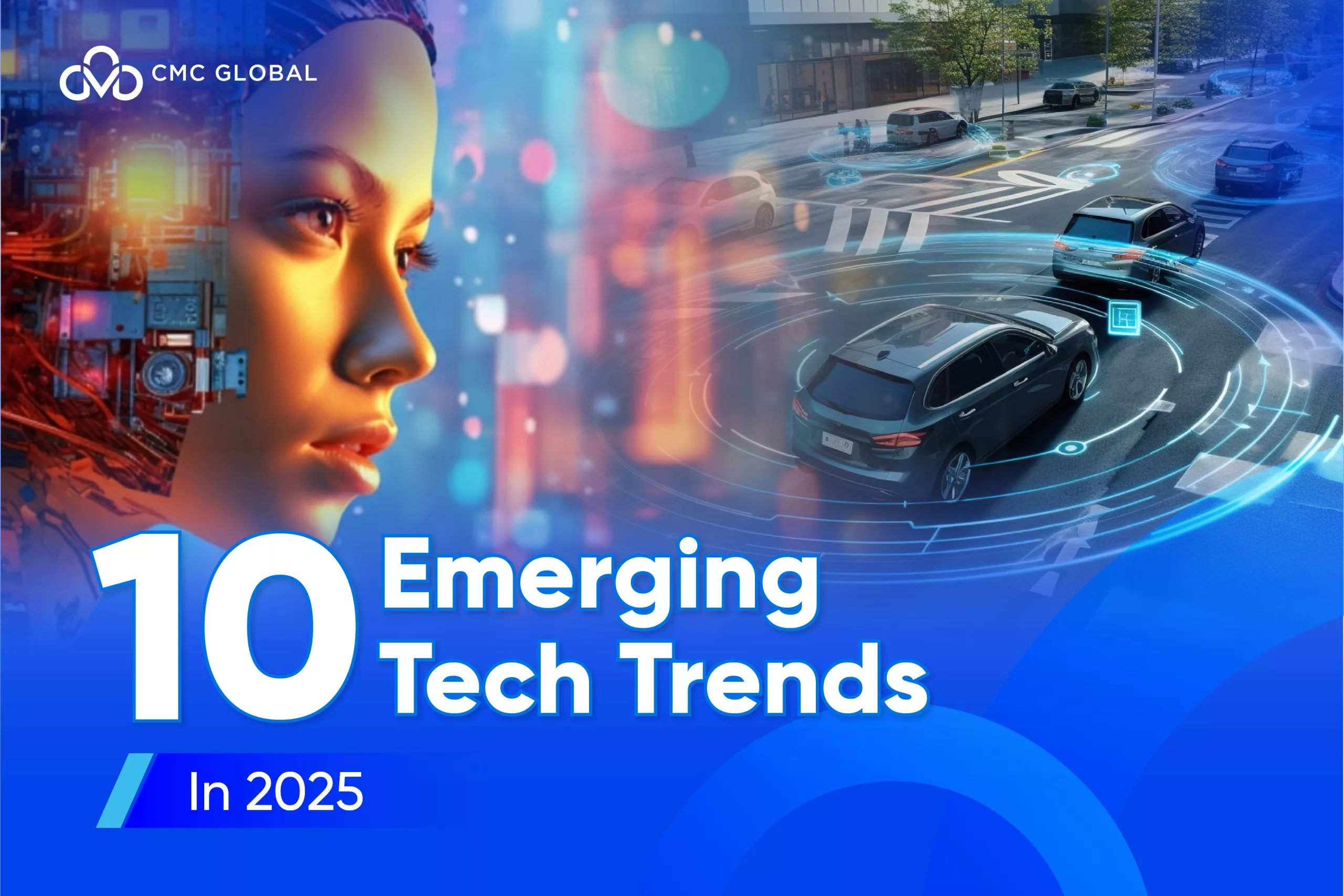
The Horizon of Innovation: Emerging Tech Trends
The technological landscape is in a constant state of flux, with new innovations emerging at an accelerating pace. Staying ahead of these trends isn't just about curiosity; it's crucial for businesses, individuals, and society as a whole to adapt and thrive. This article explores some of the most promising and impactful emerging technologies poised to reshape our world in the coming years. These aren't simply futuristic concepts; many are already being implemented, demonstrating tangible benefits and paving the way for further advancements.
From revolutionizing healthcare to transforming industries, these technologies offer unprecedented opportunities. Understanding their potential – and their challenges – is paramount to navigating the future successfully. We'll delve into areas like generative AI, spatial computing, and sustainable technology, examining their current state and potential trajectory.
Generative AI: Beyond the Hype
Generative Artificial Intelligence has exploded into the public consciousness, and for good reason. Beyond creating realistic images and text, generative AI models are now capable of designing proteins, writing code, and even composing music. This represents a significant leap forward from previous AI iterations, which were largely focused on analysis and prediction. The ability to *create* opens up entirely new avenues for innovation and automation.
However, the true potential of generative AI lies not just in its creative capabilities, but in its ability to accelerate research and development across various fields. Imagine a pharmaceutical company using AI to design novel drug candidates, or an engineering firm utilizing it to optimize complex systems. The possibilities are vast, but responsible development and ethical considerations are paramount to mitigating potential risks like misinformation and job displacement. The focus is shifting from simply *what* it can do, to *how* we can best utilize it responsibly.
The integration of generative AI into existing workflows is already underway, with tools like ChatGPT and DALL-E 2 becoming increasingly commonplace. Expect to see further refinement of these models, along with the emergence of specialized AI tools tailored to specific industries and applications.
Spatial Computing: A New Dimension of Interaction
Spatial computing, encompassing technologies like Augmented Reality (AR), Virtual Reality (VR), and Mixed Reality (MR), is moving beyond gaming and entertainment to become a powerful tool for professional applications. The ability to overlay digital information onto the real world, or to immerse users in entirely virtual environments, is transforming how we work, learn, and interact with our surroundings. Apple’s Vision Pro is a significant step towards mainstream adoption, but the technology extends far beyond a single device.
Consider the potential for remote collaboration, where engineers can virtually inspect a product design together, or surgeons can practice complex procedures in a simulated environment. Spatial computing also offers exciting possibilities for education, allowing students to explore historical sites or dissect virtual organisms. The key is creating intuitive and seamless experiences that enhance, rather than hinder, human interaction.
The convergence of spatial computing with other technologies, such as 5G and edge computing, will be crucial for unlocking its full potential. Lower latency and increased bandwidth will enable more realistic and responsive AR/VR experiences, while edge computing will bring processing power closer to the user, reducing reliance on the cloud.
Sustainable Technology: Innovation for a Greener Future
With growing concerns about climate change and resource depletion, sustainable technology is no longer a niche market but a fundamental imperative. This encompasses a wide range of innovations aimed at reducing environmental impact, from renewable energy sources and energy storage solutions to circular economy models and precision agriculture. Investment in these areas is surging, driven by both government regulations and consumer demand.
Beyond simply reducing emissions, sustainable technology is also focused on creating more efficient and resilient systems. Smart grids, powered by renewable energy and optimized by AI, can improve energy distribution and reduce waste. Precision agriculture utilizes sensors and data analytics to optimize crop yields while minimizing water and fertilizer usage. The development of biodegradable materials and closed-loop manufacturing processes is also gaining momentum.
Here are some key areas within sustainable technology to watch:
- Advanced Battery Technology: Improving energy density, charging speed, and lifespan of batteries is crucial for electric vehicles and grid-scale energy storage.
- Carbon Capture and Storage (CCS): Technologies that capture carbon dioxide emissions from industrial sources and store them underground.
- Green Hydrogen Production: Producing hydrogen using renewable energy sources, offering a clean alternative to fossil fuels.
- Sustainable Materials: Developing alternatives to traditional materials with lower environmental impact, such as bio-plastics and recycled materials.
- Smart Agriculture: Utilizing data and technology to optimize farming practices and reduce environmental impact.
